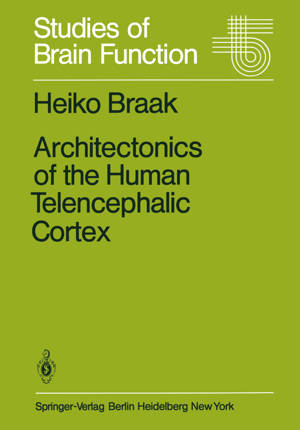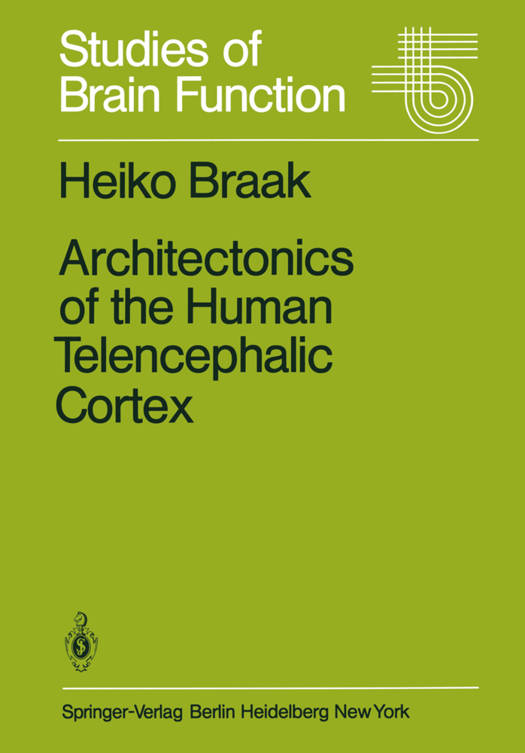
- Afhalen na 1 uur in een winkel met voorraad
- Gratis thuislevering in België vanaf € 30
- Ruim aanbod met 7 miljoen producten
- Afhalen na 1 uur in een winkel met voorraad
- Gratis thuislevering in België vanaf € 30
- Ruim aanbod met 7 miljoen producten
Zoeken
Omschrijving
This is a timely opus. Most of us now are too young to remember the unpleasant ring of a polemic between those who produced "hair-splitting" parcellations of the cortex (to paraphrase one of O. Vogt's favourite expressions) and those who saw the cortex as a homogeneous matrix sus- taining the reverberations of EEG waves (to paraphrase Bailey and von Bonin). One camp accused the other of producing bogus preparations with a paint brush, and the other way around the accusation was that of poor eye-sight. Artefacts of various sorts were invoked to explain the opponent's error, ranging from perceptual effects (Mach bands crispening the areal borders) to poor fixation supposedly due to perfusion too soon (!) after death. I have heard most of this directly from the protagonists' mouths. The polemic was not resolved but it has mellowed with age and ultimately faded out. I was relieved to see that Professor Braak elegantly avoids dis- cussion of an extrememist tenet, that of "hair-sharp" areal boundaries, which makes little sense in developmental biology and is irrelevant to neurophysiology. It was actually detrimental to cortical neuroanatomy, since its negation led to the idea that structurally distinct areas are not at all existent. Yet, nobody would deny the reality of five fingers on one hand even if the detailed assignment of every epidermal cell to one finger or another is obviously impossible.
Specificaties
Betrokkenen
- Auteur(s):
- Uitgeverij:
Inhoud
- Aantal bladzijden:
- 147
- Taal:
- Engels
- Reeks:
- Reeksnummer:
- nr. 4
Eigenschappen
- Productcode (EAN):
- 9783642815249
- Verschijningsdatum:
- 16/12/2011
- Uitvoering:
- Paperback
- Formaat:
- Trade paperback (VS)
- Afmetingen:
- 170 mm x 244 mm
- Gewicht:
- 272 g

Alleen bij Standaard Boekhandel
+ 295 punten op je klantenkaart van Standaard Boekhandel
Beoordelingen
We publiceren alleen reviews die voldoen aan de voorwaarden voor reviews. Bekijk onze voorwaarden voor reviews.








